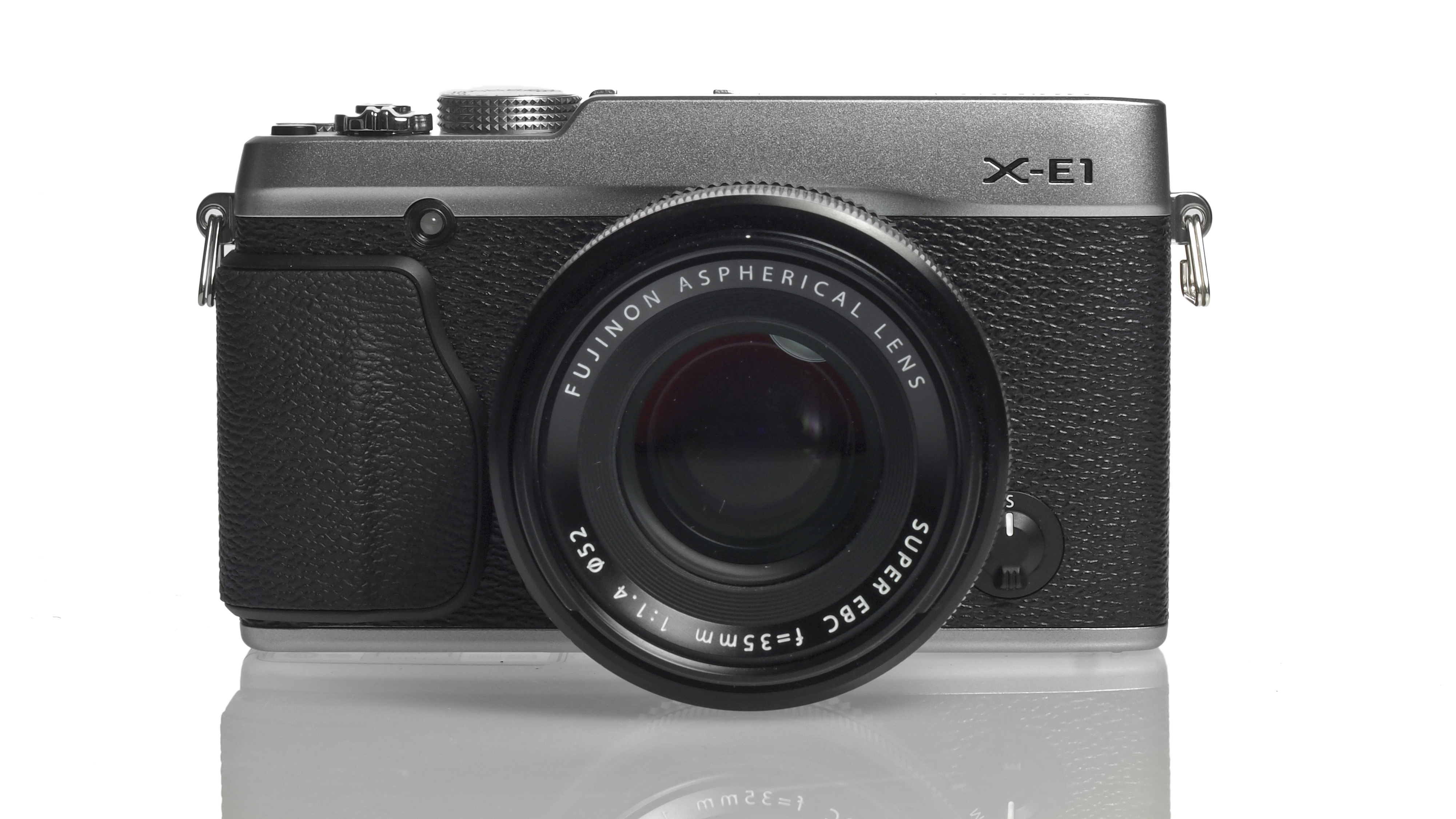Why you can trust TechRadar
We had very high hopes for the Fuji X-E1 when it was announced. Because it shares the same sensor and processor as the already excellent Fuji X-Pro1, we fairly confidently predicted that image quality would be on a par.
Happily, our initial expectations proved to be correct, and we have been very impressed with the image output from the Fuji X-E1.
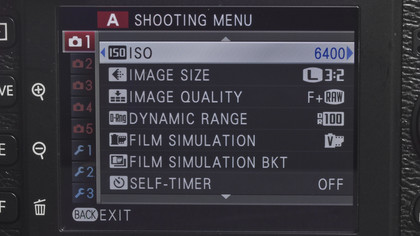
Colours are rich and punchy without being overly vibrant, and each shot contains bags of detail. The new 18-55mm f/2.8-4 kit lens is no ordinary kit lens either, with its premium construction and superb results making this an ideal everyday lens.
For those hankering after analogue days, film simulation modes enable you to recreate classic film stock, such as Velvia, Provia and Astia.
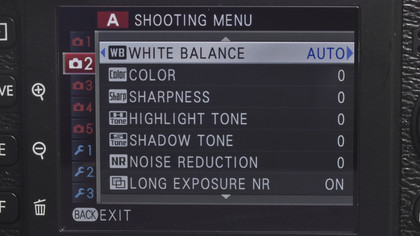
Shooting in Provia is the standard option, while if you have a scene with bright colours that you want to emphasise, Velvia is a good choice.
The ability to shoot in raw format while recording means that you have a clean image too, should you choose against the film simulation later down the line.
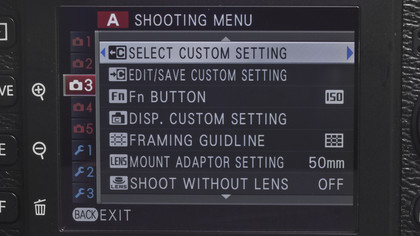
Film bracketing modes enable you to shoot three images at once, each with a different film simulation mode applied. Unfortunately, when shooting in this mode, raw shooting is disabled, meaning you have no clean image to go with the three simulated images. This seems a bit of an oversight by Fuji.
Panoramic mode can also be found in the Drive menu, enabling you to shoot an ultra wide-angle image by sweeping the camera across a scene and then stitching the images together in-camera.
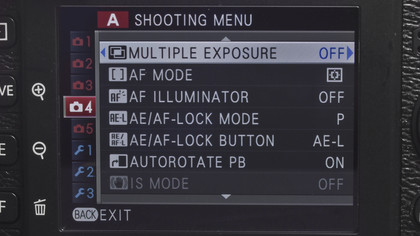
This mode is quick to use, but unfortunately unless you're using a tripod to keep the camera on a perfect level, it's likely that you'll see evidence of the stitching in the finished image.
Even though it has a lower resolution, the LCD screen is still a good performer, not suffering too badly from glare or reflections. Even though it's not articulating or tilting, it's still fairly easy to use when shooting from unusual angles, giving a good angle of view.
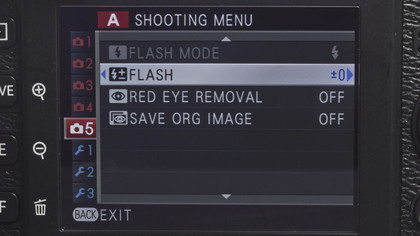
Meanwhile, the EVF is a real joy to use. Its high resolution makes it preferable in many cases to using the optical device from the Fuji X-Pro1, which is prone to inaccuracy.
It's almost good enough to make you forget you're using an electronic device, with the added benefit of the taken image flashing up in the viewfinder for an instant assessment of whether you got the shot.
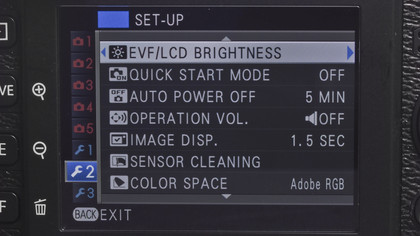
In very bright sunlight, you might find you need to shield the EVF for a better view, though.
Leaving many of the camera's options in automatic mode is great for relaxed shooting. Automatic white balance does a good job of accurately reproducing colours in the majority of situations, except for very yellow artificial lighting.
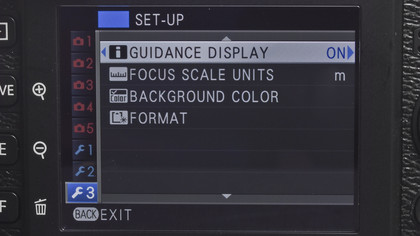
Similarly, multi-purpose metering (referred to as photometry on the Fuji X-E1) mode performs well in most conditions, only struggling a little in areas of very high contrast.
Because the Fuji X-E1 uses an electronic viewfinder only, rather than an optical hybrid device, we can expect maximum battery life to be poorer than on the Fuji X-Pro1.
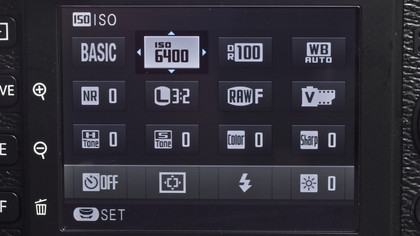
We found that after using the camera almost constantly for around three hours and over 300 shots, the battery was more or less drained. This is a bit of a concern for heavy users, but it's worth noting that less frequent use should see the camera last at least a full day.
Autofocusing speed was one of the key criticisms of the Fuji X-Pro1, but the new firmware upgrade is designed to solve this problem.
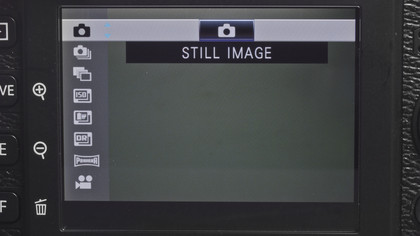
Fuji claims that pairing either of these cameras with the 18-55mm f/2.8-4 lens produces autofocusing speeds of up to 0.1 second, putting it on a par with other compact system cameras currently on the market.
The new firmware does make the camera much more practical, and there's much less chance of missing a shot, especially in good light.
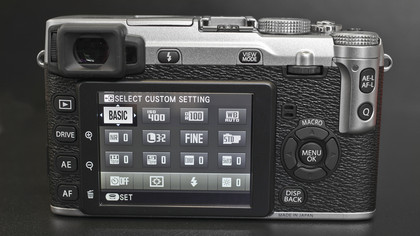
It's still the case that some of the other lenses, especially the 60mm macro, suffer from slower speeds, sometimes hunting around before locking onto focus.
It's also fair to say that if the lighting conditions are a little less favourable, autofocus speeds also drop - so if you're shooting a relatively fast moving subject, you may struggle.
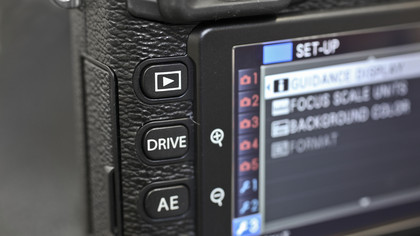
Along with the dedicated macro lens, there's also a macro mode, which can be activated to boost the close focusing distance of other lenses. When using this mode with the 18-55mm lens, you still can't get too close to the subject, but you could zoom in to the full telephoto lens to get the crop you desire.
Manual focusing can be activated via a switch on the front of the body, though attempting to use manual focus can be a little slow. It's preferable to use autofocus, and then switch to manual focus to make micro adjustments to the focus if necessary.
Amy has been writing about cameras, photography and associated tech since 2009. Amy was once part of the photography testing team for Future Publishing working across TechRadar, Digital Camera, PhotoPlus, N Photo and Photography Week. For her photography, she has won awards and has been exhibited. She often partakes in unusual projects - including one intense year where she used a different camera every single day. Amy is currently the Features Editor at Amateur Photographer magazine, and in her increasingly little spare time works across a number of high-profile publications including Wired, Stuff, Digital Camera World, Expert Reviews, and just a little off-tangent, PetsRadar.
